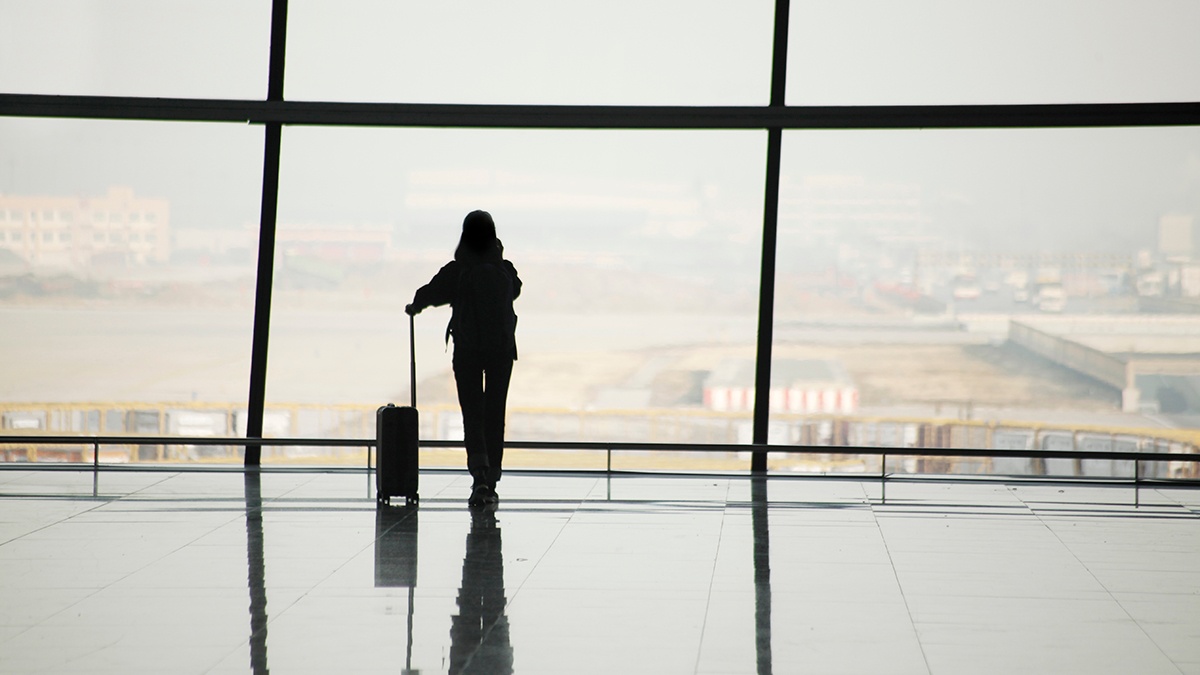Investment trends between government debt and inflation scenarios

The eyes of the world are on Eastern Europe. How long the tragedy will last, or how much more serious it may become, is not foreseeable. What is certain is that, from an economic viewpoint, the seeds of crisis will fall on ground in which the furrows of the pandemic are still fresh. Find out more about these long-term impacts of Corona and what the best investment opportunities are.
Over the last two years, governments have been forced to pump large amounts of fiscal and monetary support into economies, in an effort to dampen the impact of the crisis. Now, we as a society find ourselves in the shadow that mountain of debts is throwing. Not only because of the huge amounts of money that are now in circulation.
In 2022, we expect that, amongst other things, discussions will center around the themes of levels of corporate taxation and wealth reallocation as governments address the problem. But what has that got to do with equities?
This is a modal window.
© Vontobel 2022
In times of crisis, the strong typically get stronger and the weak get weaker. Our Head of Swiss Equity Research and Global Head of Multi-asset Business present more details.
Summary: The main points at a glance
- Fiscal support provided by states was key to dampening the economic effects of the pandemic and minimizing recession. Although this has left a legacy of high levels of government debt, rising prices and has also now put the theme of corporate taxation center-stage.
- In the current environment, companies with high levels of pricing power typically offer opportunities for investors. These are companies with robust business models, strong balance sheets and the ability to pass on costs to end-customers without losing any.
- Companies with solid pricing power are also well-hedged against the pressures of inflation.
- There are six main indicators of how robust a company’s pricing power is. They comprise: industry concentration; strong brand; high value-added vs price; high levels of R&D; high gross margins and growing markets.
More on this in our blog article
Whether to invest in listed infrastructure companies?
- Listed infrastructure companies in the fields of communication, utilities, transportation and energy with solid business models are currently attractive investment opportunities, offering a defensive equity component in the overall portfolio, attractive dividends and enhancing diversification.
- Our investment experts see huge amounts of investment in expanding and renovating existing infrastructure over the coming decades to fulfil requirements. In addition, the move towards more sustainable energies will also be an important driver of growth in infrastructure companies.
-
Given the current high levels of state indebtedness, it is likely that governments will be reaching out to the private sector for financial assistance and will be giving private providers mandates for creating and managing infrastructure projects. This opens up interesting growth opportunities for infrastructure companies.
«Börsennotierte Infrastrukturunternehmen verlieren in einem schwierigen Marktumfeld in der Regel deutlich weniger als der breitere Aktienmarkt.»
Daniel Signer, Global Head of Multi Asset Business

Expert interview
Five questions on debts, taxes, pricing power and investing in infrastructure
Peter Romanzina, how well is Switzerland coping with its debts?
The Swiss economy has also been hit hard by the pandemic. In the unprecedented situation, it made sense and was important for the state to provide financial support for private households as well as companies - even though that led to substantial budget deficits. Naturally the situation needs to be brought under control over the next few years. But we need to qualify the term “mountain of debt” in Switzerland. Even before the crisis, Switzerland was in a very good position in an international comparison (see chart). Also, the Swiss economy fared better during the crisis than had been expected initially.
Do they pose a threat to the economy? Are households facing substantially higher taxes – or can we withstand the situation as a society?
Recent calculations by Economiesuisse show that repayment of debts which have accrued on the back of the pandemic would be possible within around 11 years without raising taxes. So, we think there won’t be many tax hikes in Switzerland – as many local councils have already announced.
“Repayment of the national debt would be possible in about eleven years without tax increases.”
Pricing power: We hear that a lot recently in connection with inflation. Are we in the middle of a renaissance of an (almost) forgotten benchmark in the analysis of companies?
“Pricing power” is generally an important factor in our analysis of firms and/or individual sectors. We have taken a holistic approach to it in our research over the last years. We understand, of course, why discussion around the theme is currently getting louder – prices are beginning to rise. For that reason, close inspection of each individual company’s pricing power is a particular focus in our analysis. Those of you who follow companies’ press and analysts’ conferences will know how much importance firms and analysts attach to it. As is so often the case, “the devil is in the detail”. That means, to a certain extent, inspection of an industry as a whole can be constructive. However, each company has its own characteristics which need to be analyzed and evaluated.

Daniel Signer, wherein lies the pricing power in the infrastructure market?
Many infrastructure companies have a monopolistic or oligopolistic position. Competition and price pressure are thus limited. For example, consider an electricity supplier, the operator of a tollroad, or a gas supplier. As a consumer, as a rule, you have no choice as to which company you get your electricity or gas from.
«Infrastructure companies have a high level of pricing power and are well-hedged against inflation.»
That gives these infrastructure providers a high level of pricing power. To prevent them taking advantage of their power, they are partially regulated – i.e., the state determines maximum prices or yields levied. Often contracts or adjustment mechanisms are in place enabling the companies to adjust their prices in a situation, for example, in which inflation is rising. They are therefore well-hedged against inflation.
On a scale from “growth opportunities” to “crash protection”, where would you put infrastructure?
Infrastructure shares remain shares and are, of course, impacted by stock market movements. They are not completely riskless. But, in contrast to the wider equity market, they are significantly more defensive because demand is fairly predictable and stable. Let’s stay with the examples given earlier: electricity and gas. We always need them whether or not we are in a recession or a boom. And we only ever totally avoid the tollroad if, because of a pandemic, we have all been ordered to stay home and work in home office. Historically, infrastructure companies have grown consistently and strongly not least due to long-term structural trends which promote growth. To sum up, I see infrastructure as a defensive add-in to an equity portfolio because they do well in a rising market and typically lose significantly less than the market as a whole when prices are sinking.
T. Harv Eker said something along the lines of: “Don’t wait to invest in infrastructure – invest in infrastructure and wait”! — Are infrastructure investments typically only for long-term investors? Is it already too late to jump aboard?
I like the quote. The right timing is not an issue when it comes to infrastructure stocks. Infrastructure projects are long-term and just keep coming. Over the next decades, huge amounts of investment will be needed in order to repair and renovate existing infrastructure to keep up with requirements. The move towards sustainable energies will also remain center-stage and will be keeping infrastructure companies’ order books full. It is definitely not too late to get on board this slow, but constantly moving train.





